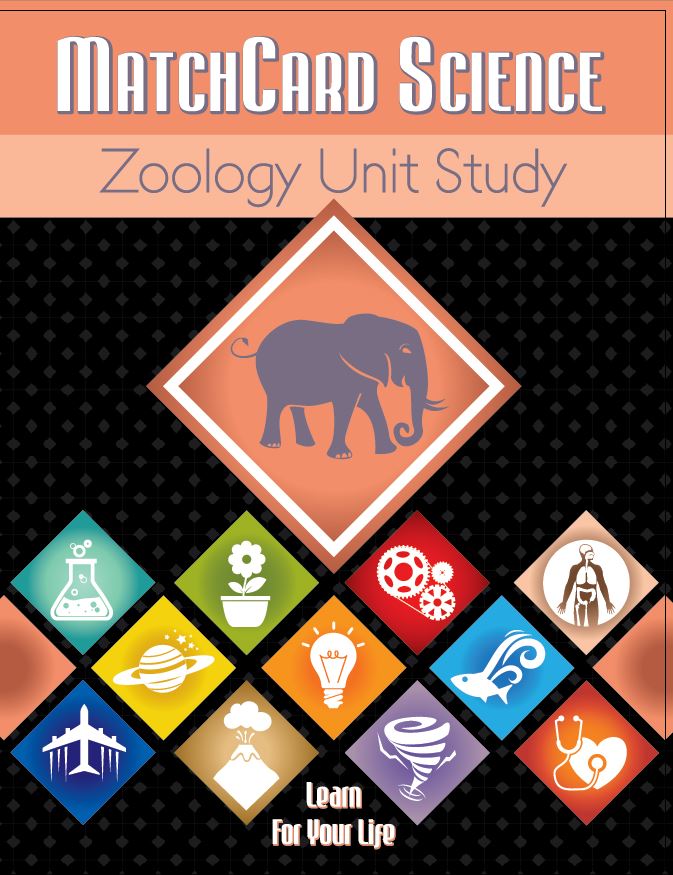Vertebrate Worksheets for Kids
Print our vertebrate worksheet for kids in upper elementary and middle school.
Free Download Below
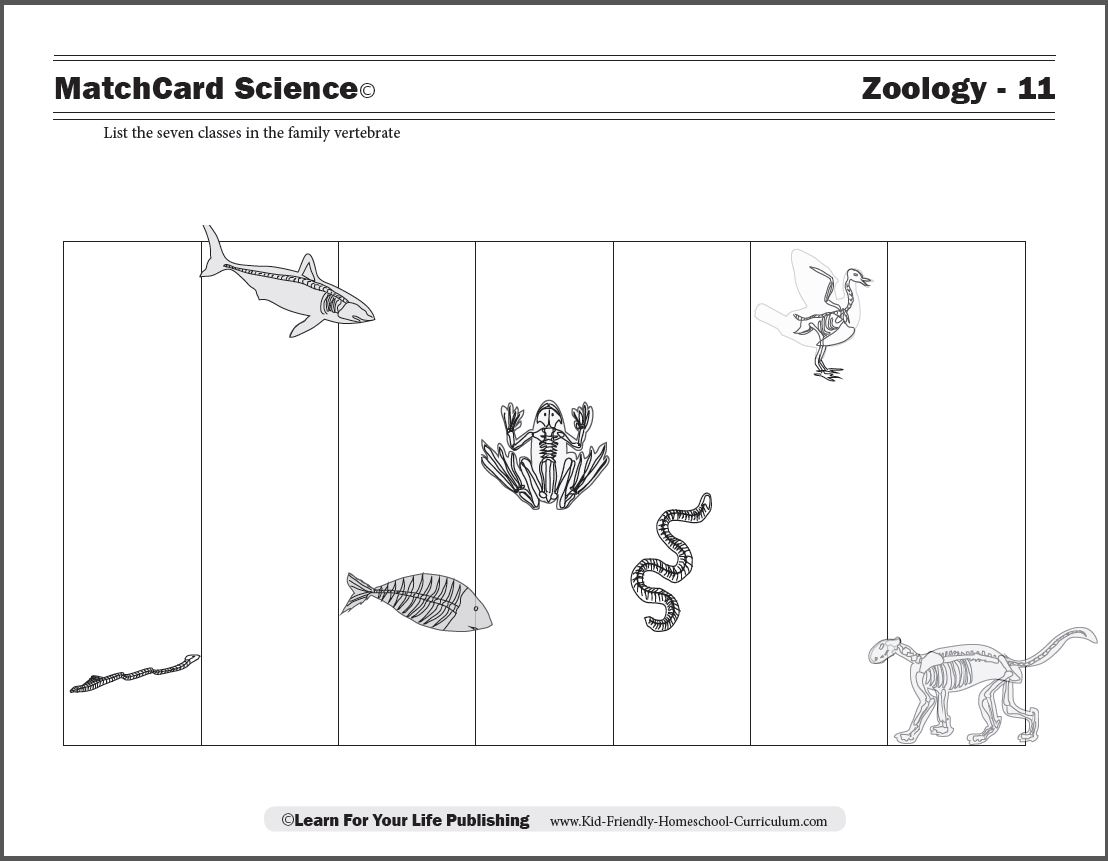
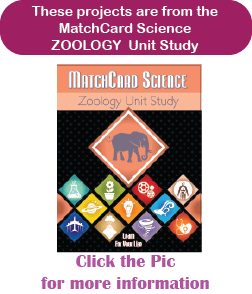
Print the Vertebrates MatchCard


Click image to go to download.
This is MatchCard #11 of the Zoology Unit Study. Find more information on MatchCard Science below.
Getting Started with Vertebrates
You may wish to review these topics before beginning the classes of vertebrates:Guessing Game
Vertebrates are one of the nine animal phyla. (Teacher's Note: Technically the phylum is chordata and the sub-phylum is vertebrata. There are three uncommon classes of animals that have spinal cords but not vertebrate. At this level, we are counting vertebrates as one of the nine phylum.)Review the major characteristic of vertebrates: they have an endoskeleton that gives shape and support to their anatomy, and allows the creature to move.
Give five minutes for your student(s) to brainstorm the seven classes of vertebrates. You might want to give a small treat for each class they listed prior to the study.
Vertebrates: Animals in the 7 Classes of Vertebrata
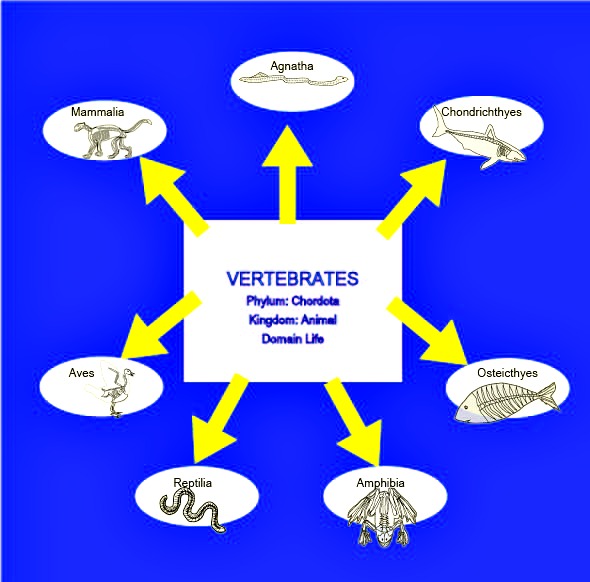
Agnatha Vertebrates: The Jawless Vertebrates
![]()
How would you eat without a jaw? They have to suck their food. Doesn't sound like much fun, does it?
Some common species of agnatha include:
- Lampreys
- Hagfish
Condrichthyes Vertebrates
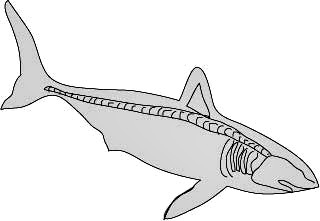
You can point out the difference between cartilage and bone by feeling the cartilage in your nose and the cartilage in your ear. It is softer and more flexible.
So who has to make their way through life with a cartilage for a skeleton?
- Sharks
- Rays
- Skates
Osteichthyes: The Fish Vertebrates

Fish have the distinct advantage of having bones for their skeleton. You probably already know they live underwater and have fins, but if you need a little review of fish anatomy you can color our fish worksheet. Some of the most popular species of fish include:
- Salmon
- Trout
- Catfish
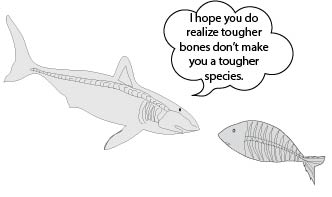
Amphibians Vertebrate
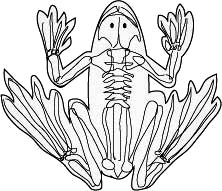
Amphibians live on water AND land. They also have moist skin instead of scales. Some of their more famous members include:
- Frogs
- Toads
- Salamanders
Reptile Vertebrate
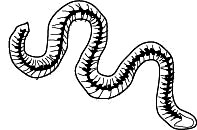
- Snakes
- Lizards
- Turtles
Aves: The Bird Vertebrates
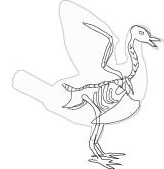
Wrong. Bids, by defintion, have wings and feathers. They also have lighter bones. In spite of that, there are a few members of this class that just can't get themselves into the air.
- Robins
- Ostriches
- Penguins
Mammals: The Furry Vertebrates
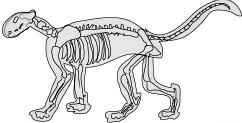
- Horses
- Bears
- Tigers
Vertebrate Activities for Kids
Here are some learning activities for your kids as they are studying vertebrates.Skeletal Kits
Zoo Time
If you haven't taken a trip to a zoo or nature center during this zoology unit study, it's a great idea to start planning one. Students can take pictures and label the pictures by the phlyum, class and families.Seven Sided Poster
Make a poster of the seven different classes of vertebrates. Make seven columns, as there are on the MatchCard, for each of the classes. In each column put pictures of different species from the class. You can add fact about the class in general, as well as identify some unique characteristics about some of the species pictured.To make seven sided poster you will need to get a large poster board, and fold it carefully. First, fold it in half (creates two columns). Make sure the corners meet perfectly, and help the student crease the fold with a block of wood or back of a straight knife to get it perfect.
Then fold it again into fourths, and one more time into eighths. Each time use the block or knife to make perfect creases.
Now, unfold the posterboard, and continue making your poster using seven of the columns. Leave the eighth column on the end blank. This empty column will be glued to the back to help your poster display stand upright.
Once the poster is made, fold all of the creases in the same direction, and glue the eighth column to the back. Now you have a circular, seven-sided, poster on the classes of vertebrates.
MatchCard Science
How To Use MatchCards

Download the FREE MatchCard Science Instructor's Guide and see how MatchCards can make building their science knowledge base fun.
12 Science Unit Studies

Chemistry is only one of twelve complete unit studies for kids in 3rd to 8th grade.
Comprehensive objectives, hands-on projects, suggested science fair experiments, and the fun game-like MatchCards keep them interested in learning science. See all twelve MatchCard Science Unit Studies.
About Our Site
Hands-On Learning



